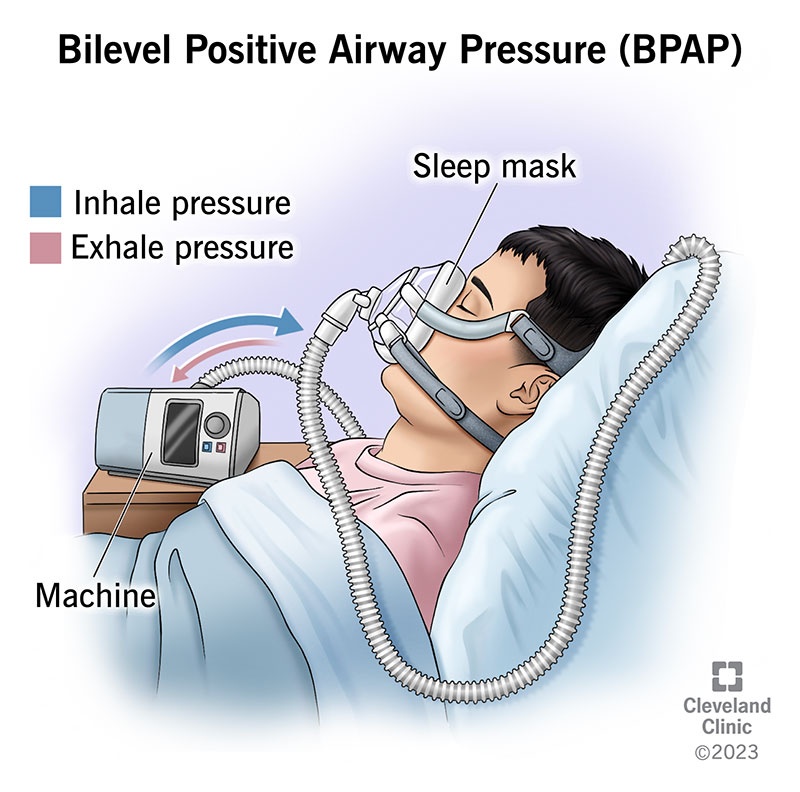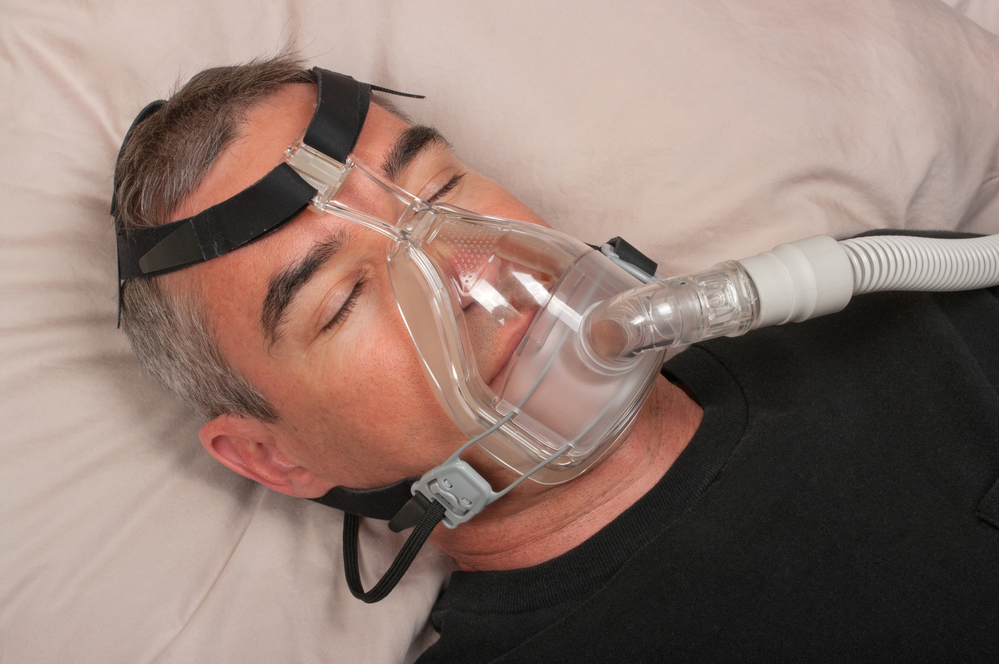Check Out Flexible BiPAP Rental Alternatives for Home Treatment
Check Out Flexible BiPAP Rental Alternatives for Home Treatment
Blog Article
Bipap vs. CPAP: Which Is the most effective for Your Rest Problem?
When navigating the intricacies of sleep problems, the option in between BiPAP and CPAP therapy is a crucial consideration. While CPAP supplies a steady air flow suitable for obstructive rest apnea, BiPAP's dual stress setups may boost comfort for those with even more elaborate respiratory concerns.
Understanding Rest Disorders
Rest conditions incorporate a variety of problems that disrupt typical rest patterns, affecting both the high quality and period of rest. These conditions can manifest in different kinds, including sleeplessness, sleep apnea, narcolepsy, agitated leg disorder, and parasomnias. Each problem presents distinct obstacles, commonly causing significant daytime tiredness, cognitive problems, and emotional disturbances.
Insomnia is defined by difficulty falling or staying asleep, while rest apnea entails repeated interruptions in breathing during rest, often resulting in fragmented remainder. Narcolepsy, on the various other hand, is noted by too much daytime drowsiness and sudden sleep attacks. Agitated leg syndrome triggers uneasy experiences in the legs, motivating an uncontrollable urge to move them, which can also hinder the ability to sleep.
The impact of sleep disorders extends beyond individual health, influencing overall productivity, relationships, and quality of life. Understanding the specific nature of each disorder is essential for efficient diagnosis and treatment. As sleep wellness comes to be significantly identified as a crucial element of general well-being, dealing with these disorders is important for enhancing both rest top quality and day-to-day performance.
Exactly How CPAP Works
Constant Favorable Airway Pressure (CPAP) therapy is regularly used as a main treatment for obstructive rest apnea (OSA) The system of CPAP involves using an equipment that provides a stable stream of air through a mask put on during sleep. This air flow preserves favorable stress in the airway, preventing the collapse or blockage of the throat that can happen throughout sleep.
When an individual inhales, the CPAP device provides a continual circulation of air, guaranteeing that the respiratory tract stays open - BiPAP Rental. This not only reduces the signs and symptoms of OSA, such as snoring and interrupted rest patterns, however also minimizes the associated wellness risks, consisting of cardiovascular issues and daytime fatigue
The stress settings on a CPAP device can be personalized to satisfy individual patient demands, usually figured out via a sleep study. In general, CPAP treatment has been shown to dramatically boost the quality of rest and overall health and wellness for people experiencing from obstructive sleep apnea.
Just How BiPAP Functions
BiPAP, or Bilevel Positive Respiratory Tract Stress, is a customized form of non-invasive air flow that is particularly advantageous for patients with problems such as complex sleep apnea or respiratory system conditions. Unlike CPAP, which provides a continual stream of air at a single stress, BiPAP provides two distinct pressure settings: a greater inspiratory pressure for inhalation and a reduced expiratory stress for exhalation. This dual-pressure method allows for easier breathing, minimizing the effort required throughout exhalation.
The gadget runs with a mask fitted over the nose or mouth, attached to a machine that produces air stress. When the client breathes in, the equipment supplies the greater stress to aid with airflow, making certain that the respiratory tract stays open. Upon exhalation, the equipment automatically reduces the pressure, making it much more comfy for the patient to breathe out.

Key Differences Between BiPAP and CPAP

On the other hand, BiPAP (Bilevel Positive Airway Pressure) offers two different pressure setups: one for inhalation and a lower one for exhalation. This dual pressure system permits even more comfy breathing, specifically for clients who deal with breathing out against a continual pressure. BiPAP is frequently advised for individuals with intricate sleep apnea, persistent obstructive pulmonary condition (COPD), or those that need additional assistance during sleep.
In addition, the complexity of BiPAP gadgets usually results recommended you read in a greater cost and needs more cautious titration than CPAP. BiPAP Rental. Recognizing these essential differences can aid in recognizing which device might be preferable for certain sleep problems, setting the groundwork for educated treatment choices
Selecting the Right Treatment
The decision in between BiPAP and CPAP therapy mainly hinges on the specific characteristics of the sleep disorder, the individual's total health, and their convenience with the tool. CPAP, which provides a constant stream of air, is generally recommended for obstructive rest apnea (OSA)
On the other hand, BiPAP gives 2 levels of stress: one for inhalation and a reduced one for exhalation. This double pressure system is useful for clients with complex rest apnea or those that experience difficulty exhaling versus a continual pressure. Furthermore, BiPAP is often suggested for people with breathing problems, such as persistent obstructive pulmonary illness (COPD), where varying stress settings can boost convenience and compliance.
Eventually, a thorough evaluation by a sleep expert, consisting of a rest study, can help determine which therapy lines up ideal with the individual's requirements. Elements such as convenience, ease of use, and specific clinical conditions ought to additionally be taken into account to maximize treatment end results.
Verdict
In summary, both BiPAP and CPAP offer distinct objectives in the monitoring of sleep disorders. CPAP works for obstructive rest apnea with constant air movement, while BiPAP offers twin pressure settings that boost convenience for those with intricate rest apnea or respiratory issues. The selection between these therapies must be led by individual requirements and conditions, demanding a thorough assessment by a sleep specialist to ensure ideal treatment end results and improved top quality of sleep.

Overall, CPAP treatment has been revealed to significantly boost the top quality of rest and total health and wellness for people experiencing from obstructive rest apnea.
BiPAP is commonly advised for individuals with complex sleep apnea, chronic obstructive lung condition (COPD), or those that require extra support during rest.
CPAP is efficient for obstructive sleep apnea with consistent air flow, while BiPAP uses double stress settings that boost comfort for those with complicated sleep apnea or respiratory concerns.
Report this page